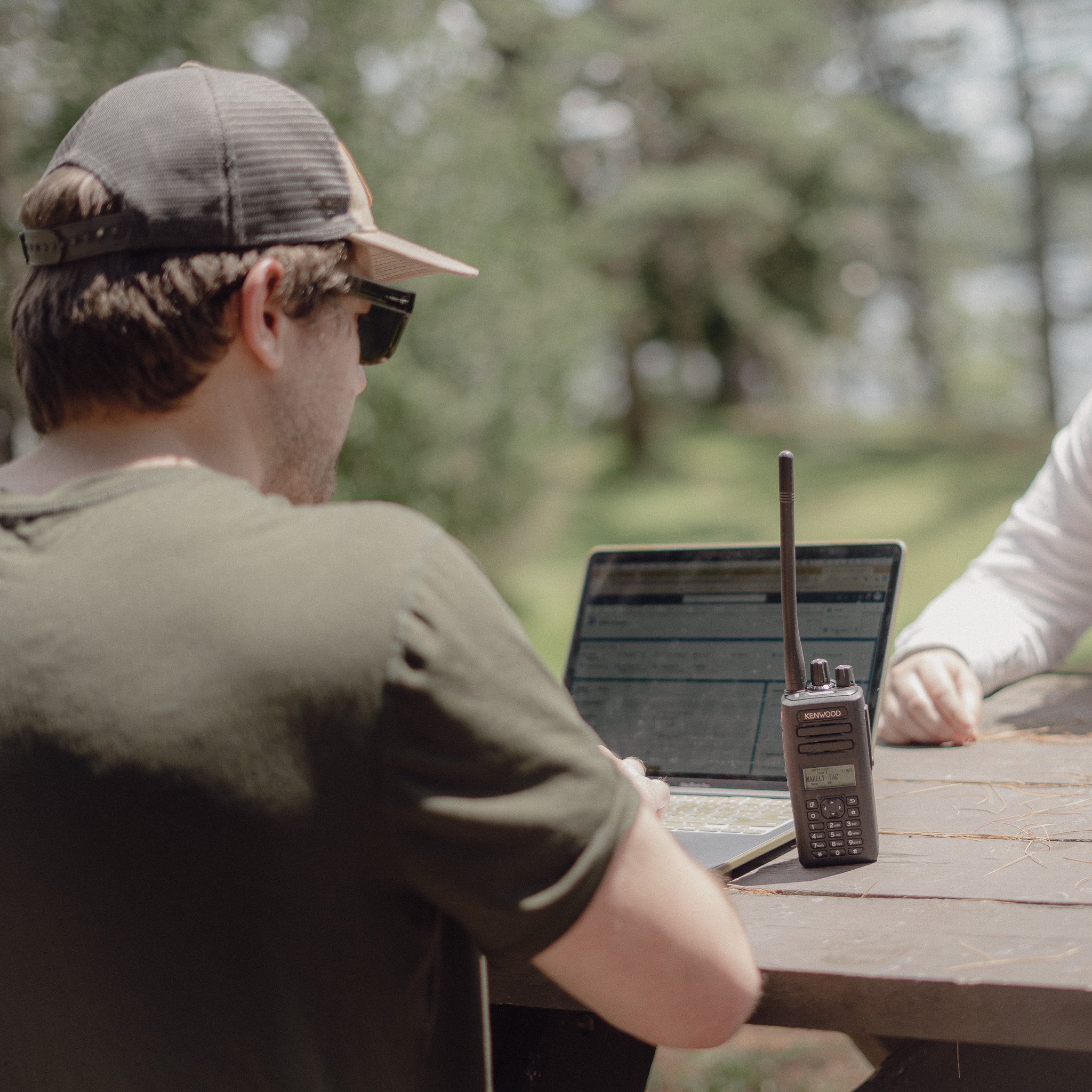
SERVICES
PROGRAM DESIGN
Build for better learning and safety outcomes.
Thoughtful program design to build something new, expand an existing offering, or refresh outdated materials.
This work builds from your organization’s vision using a design thinking approach. Robust curriculum and clear program outcomes are key to selecting the right programming models and methods for your context, leading to physically and psychosocially safer program experiences.
Support includes learning outcomes, curriculum design, program evaluation planning, IB framework alignment, itinerary design, venue and activity risk assessments, and policy and curriculum framework development.
The result is a program plan that the organization can own and implement.
PROGRAM RISK REVIEW
Insight and direction for more effective and more resilient programs.
External reviews help program and organizational leaders understand where risks are introduced and how to leverage existing strengths to reduce vulnerability.
Reviews can be conducted in person or remotely. Each one examines policies, plans, day-to-day practices, and perspectives across the organization. Site visits include observations of preparation work, activities, facilities, and equipment, among others.
The final report offers clear insights and practical recommendations derived from state-of-the-art analysis methods used in large safety-critical domains like healthcare and aviation. These insights help operational teams, leaders, and boards align their visions, enabling the organization to more effectively pursue its purpose.
SPECIAL PROJECTS
Targeted support to move your strategy forward.
From crisis planning to staff training, and policy development to program photography, we help organizations with specific projects to highlight safety values and improve and implement risk management plans.
Past work includes:
Incident management and crisis response planning
Staff training curriculum and targeted learning sessions
Partner vetting support
Parent/guardian information exchange
Policy development
Program photography for communications and marketing
Click here to view photo gallery
If it enhances programming and supports safety, we can help.

UNIVERSITY OF NEW HAMPSHIRE
I highly recommend Slay Risk for organizations seeking thorough risk analysis and meaningful capacity-building.
Stuart’s systematic approach helped us understand how to better manage risk for complex field placements. He identified and translated key risks into actionable strategies our team could implement. His approach is education-focused, and he prepared us to effectively advocate for higher-level policies at the institution.
JAYSON SEAMAN
CHAIR AND ASSOCIATE PROFESSOR
DEPARTMENT OF RECREATION MANAGEMENT AND POLICY
ONLINE SAFETY LEADERSHIP COURSES
Courses for busy leaders who want to streamline plans and lead lasting change.
The Safety Leadership Course Series is for trip coordinators, program directors, school administrators, and other decision-makers who want to lead risk work more effectively, without burning out or starting from scratch.
Each course teaches an approach and a practical method for making effective and lasting change plans. These are the same tools we’ve learned and honed, and that we use every day at Slay Risk.
COMING SOON
COMING SOON
Take just one, or complete the full series for the complete suite of tools.
Courses include:
-
Most program administrators learned about working with people through the role of a “helper,” as a teacher, instructor, or coach. This course enhances those skill sets through a different type of inquiry, one intended for the role of a safety leader.
This course helps learners understand the context in which safety management happens and how to develop questions to better understand and improve that context.
Takeaways:
Understand why inquiry is fundamental to the role, and why learning and unlearning are hard to do in today’s workplace.
Understand the difference between different types of inquiry.
Learn how to develop and ask good questions that get to the heart of the matter.
Learn how to interview and facilitate learning teams that engage a range of organizational perspectives.
-
This course is about analyzing and improving work. Hierarchical Task Analysis (HTA) is used across many different research, design, and safety science domains, from nuclear energy to aviation, and web design. For the program administrator, HTA can help go beyond the role of operations manager and master-list-maker to organizational analyst and engineer.
This course teaches how to use the HTA method to map, analyze, and ultimately, to improve a critical process or issue at work. It’s a hands-on course that breaks down task analysis methods and skills and prepares the learner to apply the method to find inefficiencies, spot gaps, and improve organizational systems.
Takeaways:
Learn what task analysis is, and the many benefits of it for the average program administrator and organizational leader.
Learn and practice the HTA method and how to get the most out of it.
Learn how HTA is just the starting point, and how it can be applied in many other advanced analyses and design tasks, such as risk assessment, workload assessment, curriculum design, and SOP creation..
Walk away with the knowledge and skills to apply HTA in your work.
-
This course helps you understand what influences behavior and how to shift it meaningfully within your team or organization. You’ll work on a real example from your program and learn how to drive lasting change.
Behavior change doesn’t come from telling people what to do. It starts with understanding what shapes their decisions. This course presents a model based in safety science and organizational change to identify what’s driving current behavior, and how to change it.
Takeaways:
Learn the key drivers that influence how people engage with safety practices.
Identify change levers to address persistent behaviors and practices to ensure your change management work lasts.
Apply the process to a real issue, so you can test and refine it immediately.
LET’S TALK ABOUT WHAT’S NEXT.
Schedule a discovery call to talk about your priorities and how Slay Risk can help.






